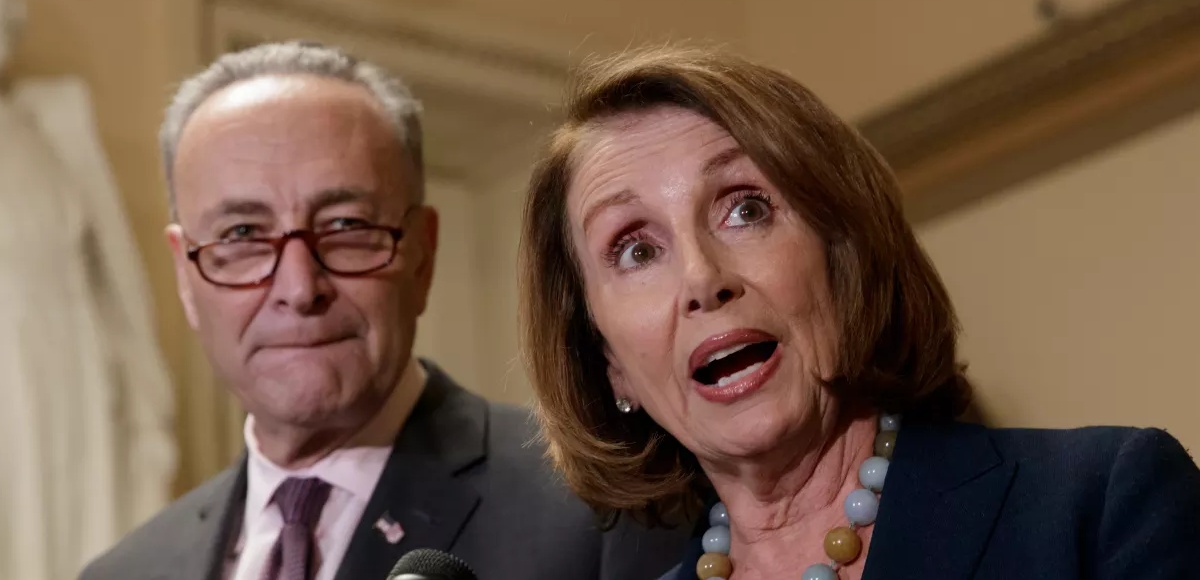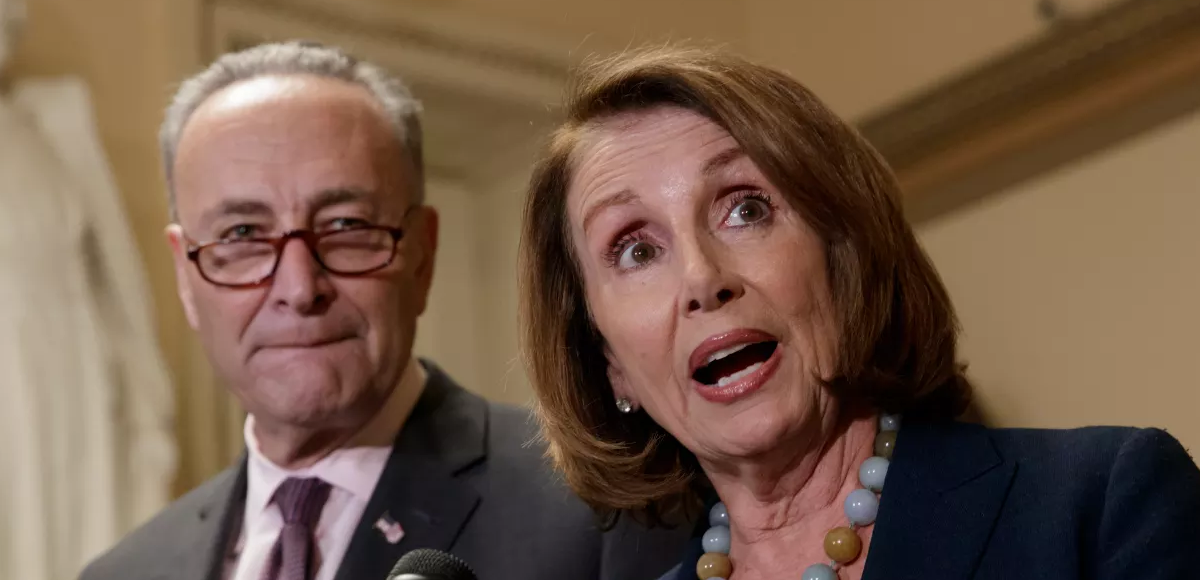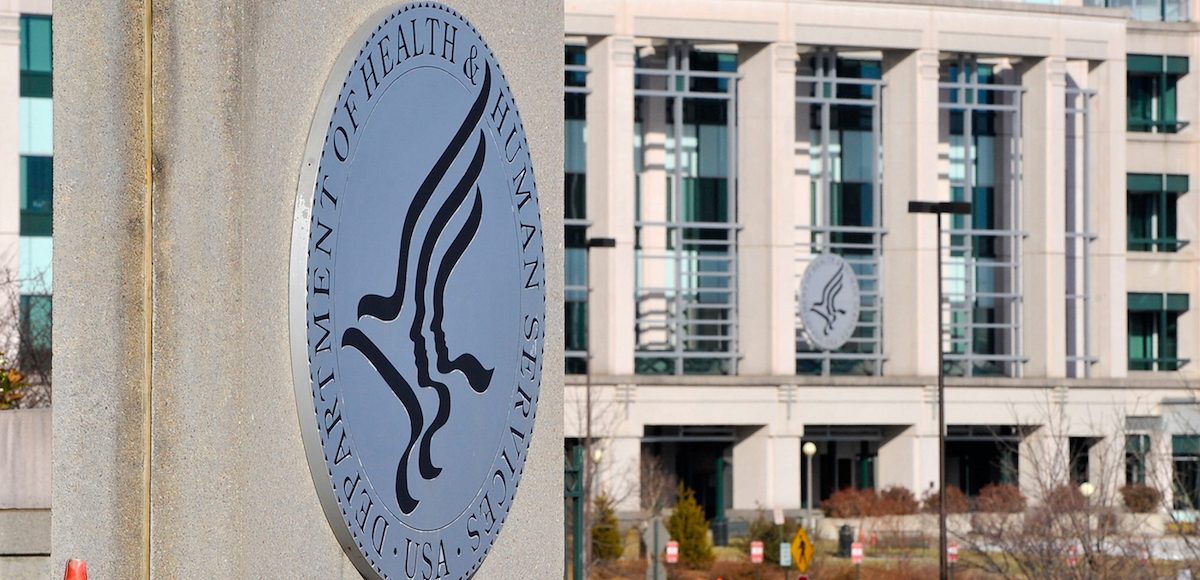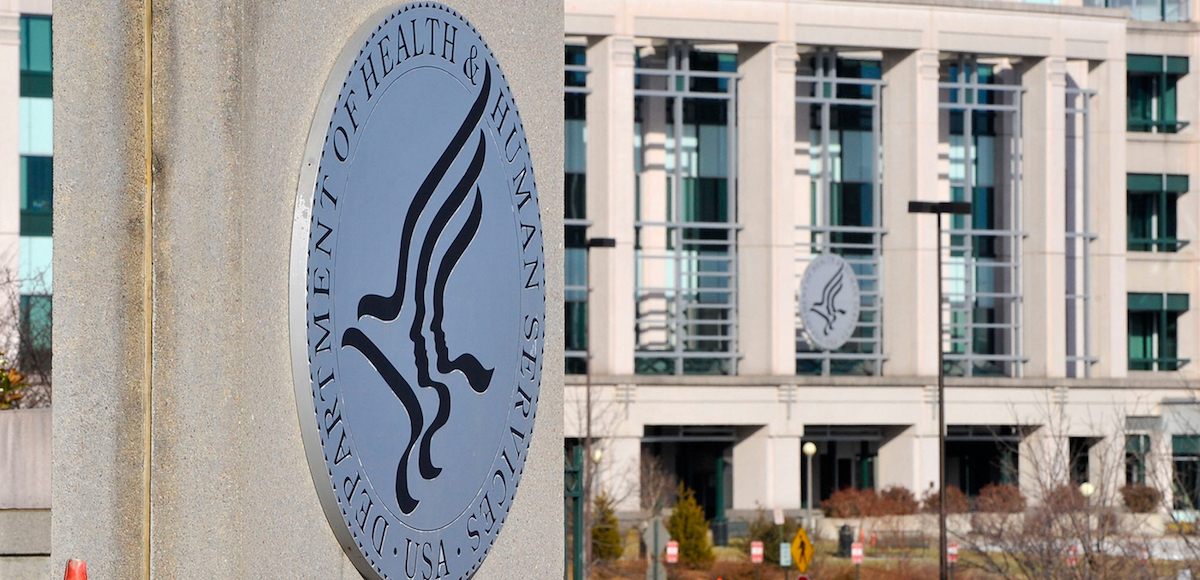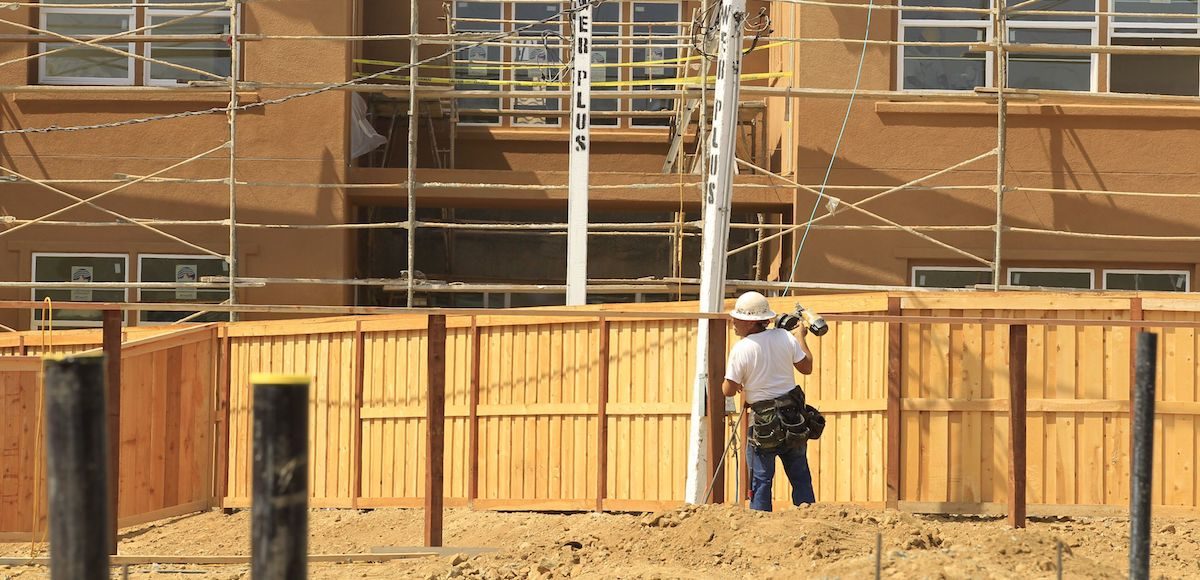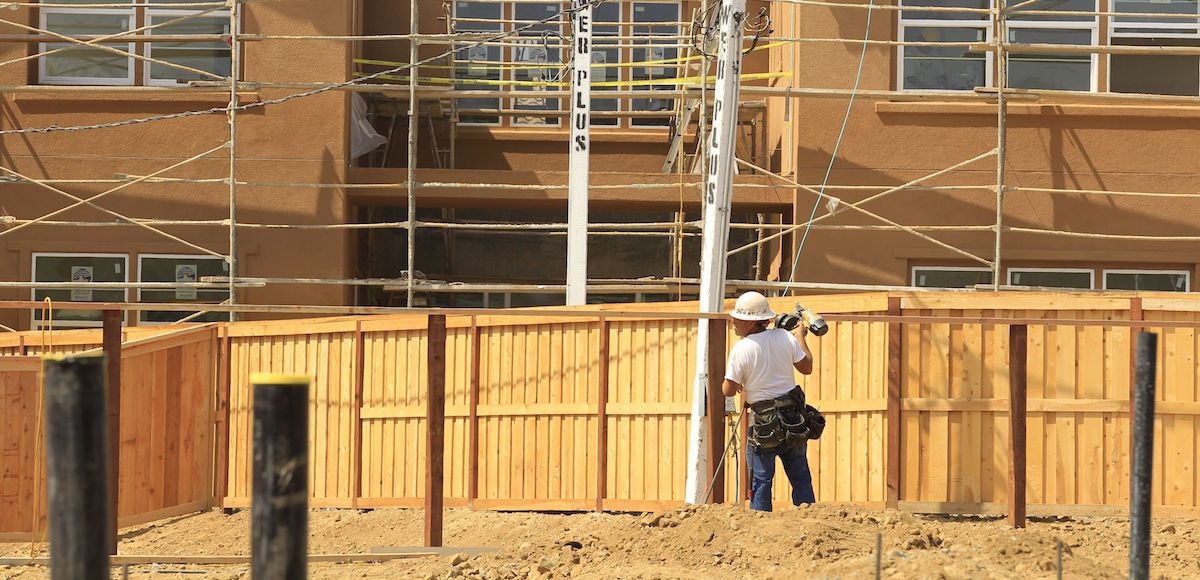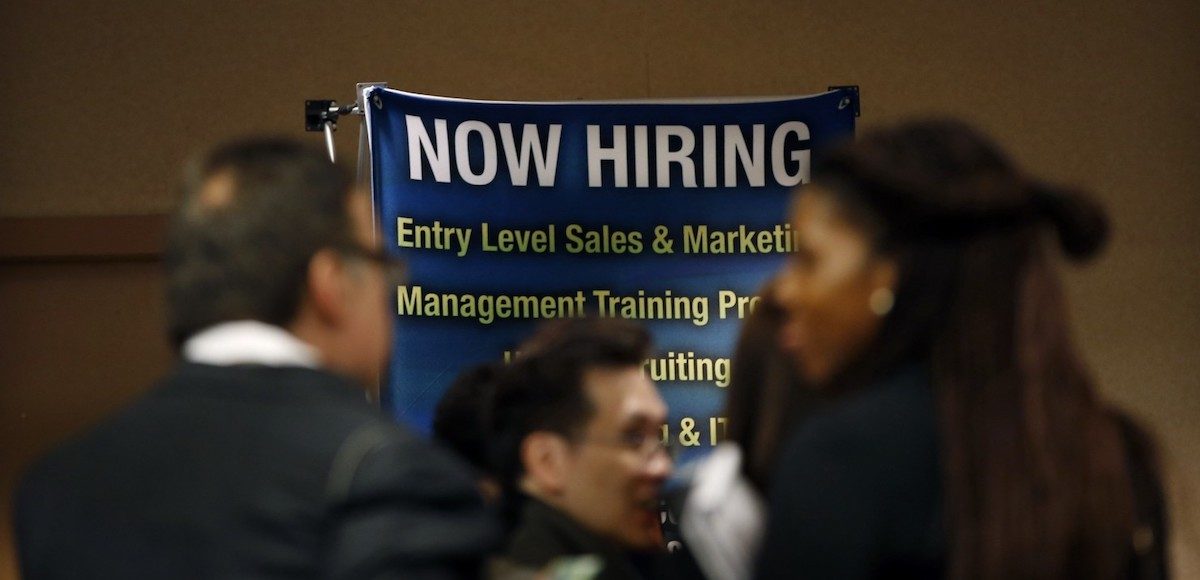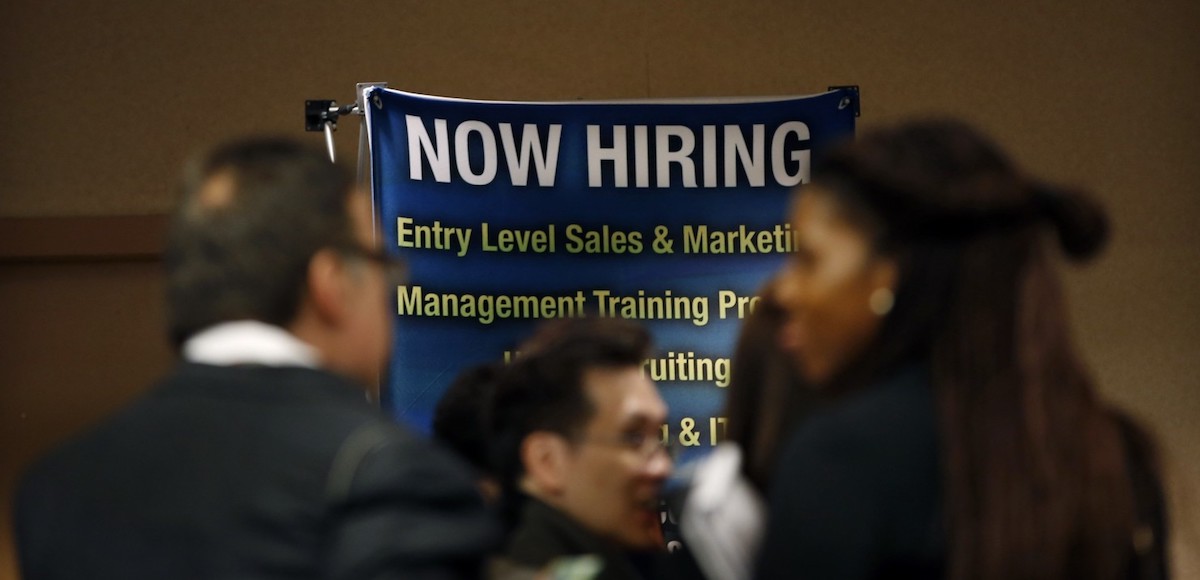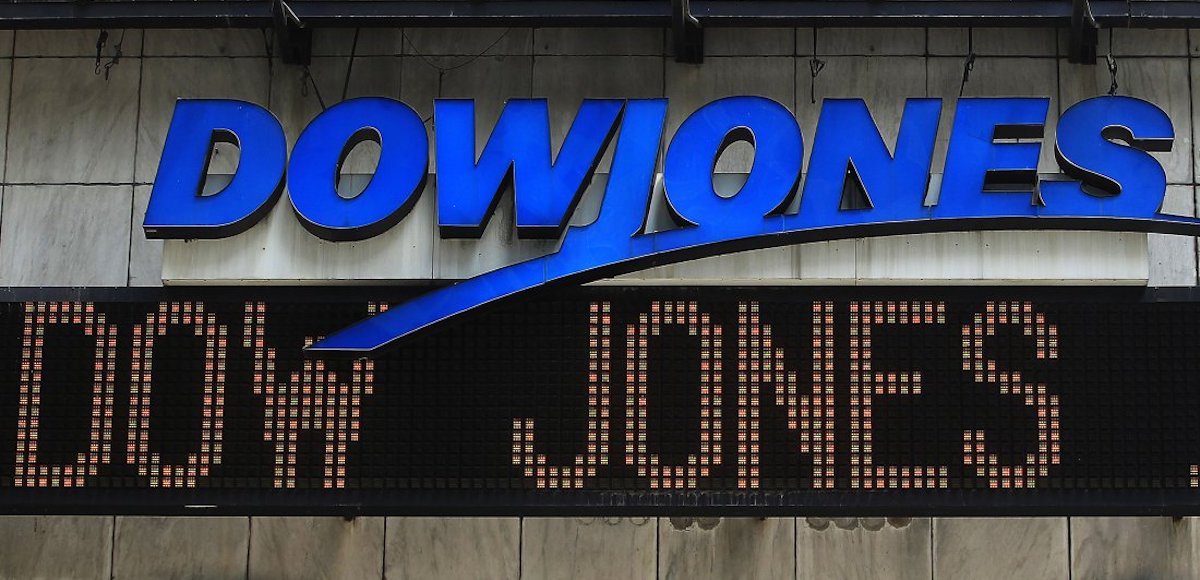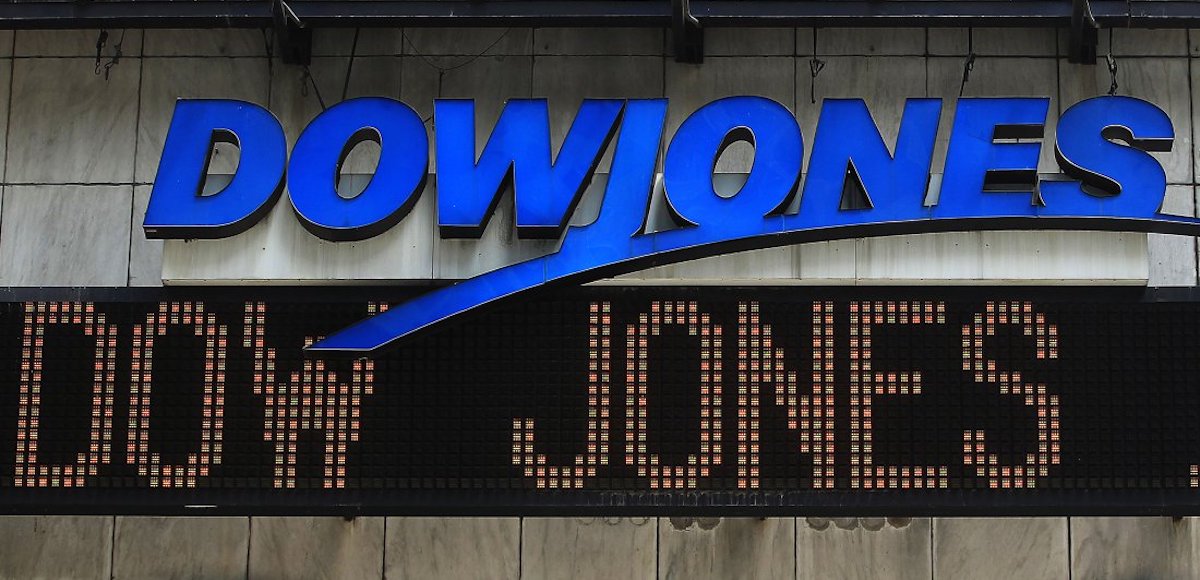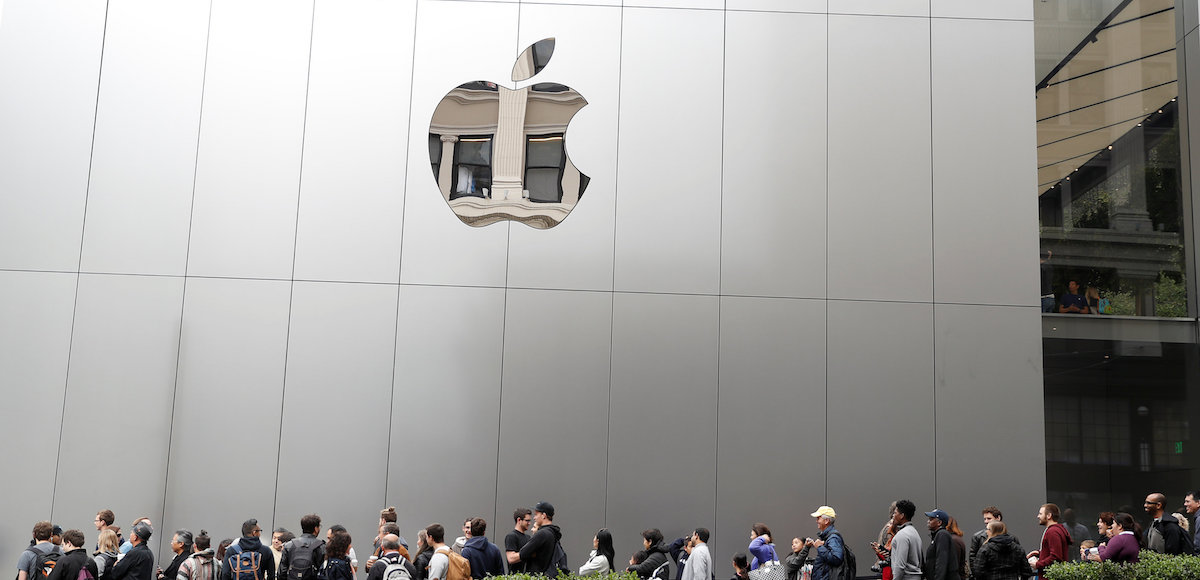Schumer Shutdown: Trump, Republicans Turn the Table on Democrats

Vice President Mike Pence looks on with President Donald Trump during a meeting with Senate Minority Leader Chuck Schumer, D-N.Y., and other Congressional leaders in the Oval Office of the White House, Wednesday, Sept. 6, 2017, in Washington. (Photo: AP)
President Donald Trump and Republicans appear to have turned the table on Democrats, branding the failure of the U.S. Senate to pass a stop-gap measure the Schumer Shutdown. Since the 1990s. Democrats have successfully assigned blame and responsibility to Republicans in Congress for shutdowns.
But that is no longer the case and it’s not for a lack of trying.
“There’s no one more to blame for the position we find ourselves than President Trump,” Senate Minority Leader Chuck Schumer, D-N.Y., said on the Senate floor early Saturday before the failed vote. “Instead of bringing us all together, he’s pulled us apart.”
The short-term spending bill, which would have kept the government open until February 16, funded the healthcare of nearly 9 million American children and critical needs of the U.S. military. Democrats oppose the measure because it does not include a provision to grant legal status to at least 800,000 illegal immigrants currently in the U.S. under Deferred Action for Childhood Arrivals (DACA).
Estimates put that number as high as 5 million.
Senate Democrats late Thursday announced they have the votes to block a stop-gap bill needed to fund critical programs and to avoid a government shutdown. The slim 51-vote majority in the U.S. Senate is not sufficient to meet a 60-vote threshold, and has blunted the Democrats’ talking points citing Republicans control of the upper and lower chambers.
“Democrats are far more concerned with Illegal Immigrants than they are with our great Military or Safety at our dangerous Southern Border,” President Trump tweeted. “They could have easily made a deal but decided to play Shutdown politics instead. #WeNeedMoreRepublicansIn18 in order to power through mess!”
Democrats are far more concerned with Illegal Immigrants than they are with our great Military or Safety at our dangerous Southern Border. They could have easily made a deal but decided to play Shutdown politics instead. #WeNeedMoreRepublicansIn18 in order to power through mess!
— Donald J. Trump (@realDonaldTrump) January 20, 2018
The argument has been extremely effective. Polling is not looking good for Democrats.
A 56% majority of Americans say approving a budget to avoid a government shutdown was more important than passing a bill to maintain the DACA program. Only about 1 in 3, 34%, said DACA was worth a shutdown. A 57% majority of independents agree with Republicans that avoiding a government shutdown is more important than finding a solution on DACA solution.
Only 34% of independents say a DACA solution is more important.
For more evidence, look no further than the roll call vote. Democrats who voted for the measure are all vulnerable incumbents up for reelection in 2018 from states President Trump won, handily.
Indiana Senator Joe Donnelly, North Dakota Senator Heidi Heitkamp, Alabama Senator Doug Jones, West Virginia Senator Joe Manchin and Missouri Senator Claire McCaskill joined with all but four Republicans.
“For those asking, the Republicans only have 51 votes in the Senate, and they need 60. That is why we need to win more Republicans in 2018 Election! We can then be even tougher on Crime (and Border), and even better to our Military & Veterans!” he added in a follow up tweet. “Democrats are holding our Military hostage over their desire to have unchecked illegal immigration. Can’t let that happen!”
For those asking, the Republicans only have 51 votes in the Senate, and they need 60. That is why we need to win more Republicans in 2018 Election! We can then be even tougher on Crime (and Border), and even better to our Military & Veterans!
— Donald J. Trump (@realDonaldTrump) January 20, 2018
Democrats are holding our Military hostage over their desire to have unchecked illegal immigration. Can’t let that happen!
— Donald J. Trump (@realDonaldTrump) January 20, 2018
Republicans have long been timid and afraid of shutdown fights in D.C., even when they were the minority themselves. There can be little doubt that the only variable in the shutdown equation that has changed is President Trump. Now, the White House is setting the tone from the top.
Majority Leader Mitch McConnell, R-Kty., and House Speaker Paul Ryan, R-Wis., have been echoing the message from the White House and the GOP even purchased the domain name SchumerShutdown.com in anticipation of waging a fight.
“Most of the stuff we agree on. One reason we ended up here, the shoehorning of illegal immigration into this debate,” Leader McConnell said after the vote failed.
He said the Senate would resume talks later Saturday to prevent a prolonged shutdown. Vulnerable incumbent Senator Jon Tester, D-Mont., a pretend centrist Republicans believed they could persuade, panicked in the hallway when confronted with his opposition to the measure.
He claimed, though did not name, reasons unrelated to DACA.
“It’s another patch,” Senator Tester said. “I think it’s a bad proposal. I’ll just tell you that. And it has nothing to do with DACA.”
However, a recently leaked memo urged Democrats not to support any funding measure to keep the government open unless they can attach a deal on Deferred Action for Childhood Arrivals (DACA). It states that legalizing so-called “Dreamers” is a “critical component” of the party’s “future electoral success.”
“In short, the next few weeks will tell us a lot about the Democratic Party and its long-term electoral prospects.”
Those prospects are currently outweighing the need to fund the Children’s Health Insurance Program (CHIP), which currently provides coverage to 8,900,074 American children. Funding for CHIP lapsed as of September 30, 2017. The House Republican plan to fund the government includes a six-year extension of the popular program.
Overall, 8 in 10 Americans say it is extremely or very important to fund CHIP.
“Senate Democrats have let down our troops, our children, and all Americans. They will do anything to appease their base, even shut down the federal government,” House Speaker Paul Ryan, R-Wis., said in a statement Saturday morning. “There is nothing in this bill to keep the government open that Democrats actually oppose, and yet they are blocking it nonetheless in a dangerous political ploy. All of this is just unnecessary. It is reckless. Senate Democrats have brought us to a shutdown.”
President Donald Trump and Republicans appear to





